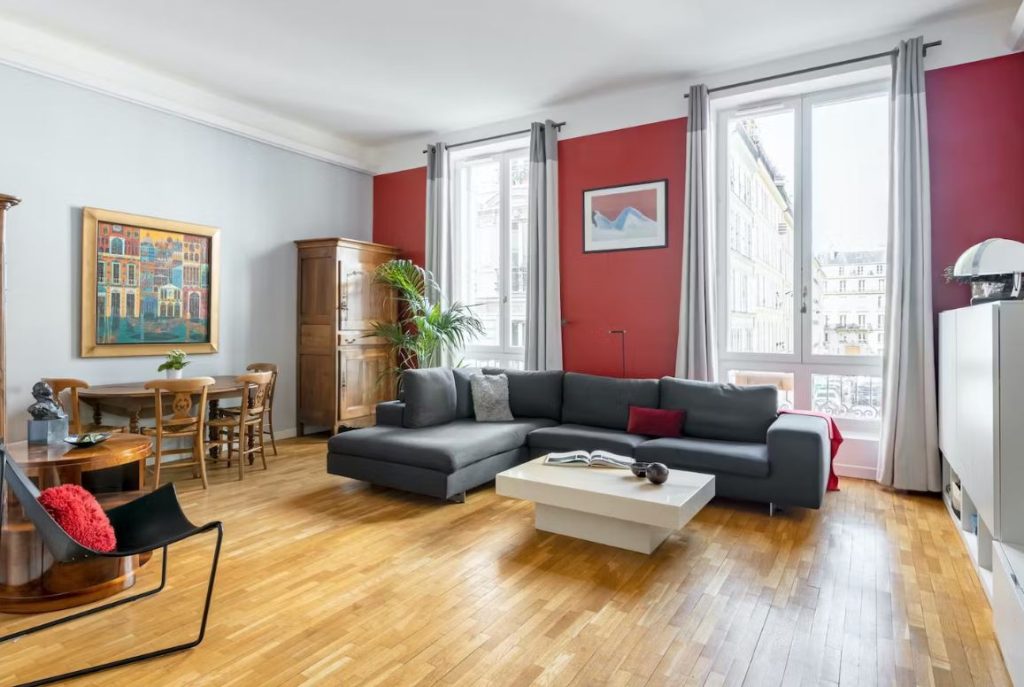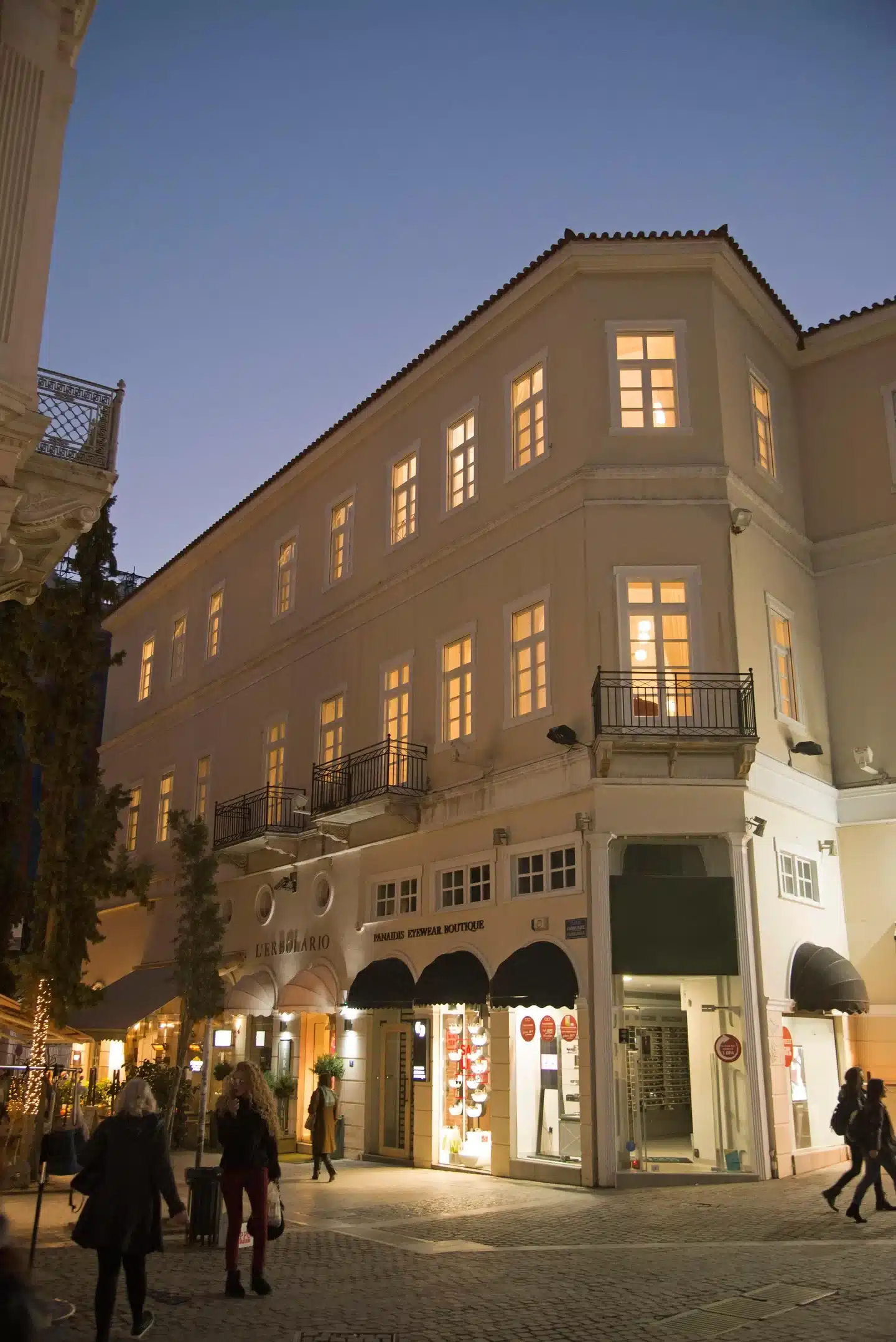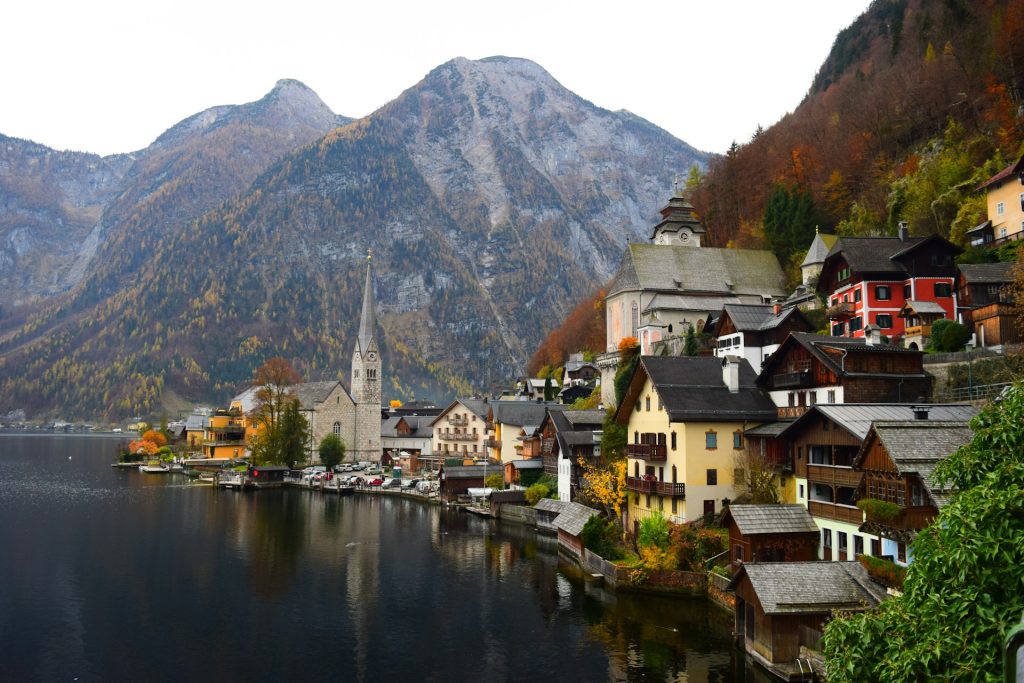Table of Contents
The cost of a trip to Europe varies depending on the cities and countries visited, length of stay, and personal spending habits. A Europe trip cost can vary significantly, from marveling at the Eiffel Tower to exploring the ancient ruins of Eastern Europe.
Budget travelers can spend as little as 30 euros a day, while luxury seekers in cities like Paris might spend upwards of 300 euros daily. On average, a 14-night Europe tour could cost from 2,500 to 12,000 euros.
Traveling to Europe offers a variety of experiences, from the historic streets of the Czech Republic to the sun-kissed beaches of the Balkan Peninsula. Flights make up a big part of the trip’s cost, but it’s possible to save money by visiting less expensive countries or eating local street food, which can cost around 15 euros.
Whether you’re arranging a family reunion or a destination celebration, planning and budgeting are essential for a memorable European adventure.
Flights and Transportation
Securing affordable flights is key to managing travel costs. In many cases, public transportation in European cities is a reliable and efficient option that can be much less expensive than renting a car or taking taxis.
Airfare From Major North American Cities
Finding a plane ticket from major US cities to Europe can be straightforward with tools like Google Flights. Direct round-trip flights range from $500 to $2500, depending on the time of year and booking lead time. A flight from New York City to London might be $600, while a trip from Los Angeles to Paris could be $900.
Prices fluctuate based on demand, season, and sales, so it’s important to monitor fares and book when prices decrease.
Transportation in Europe
Low-cost flights and efficient trains make traveling within Europe convenient and affordable for visiting any city.
1. Trains (Eurail Passes, Point-to-Point Tickets)
Trains are popular for traveling Europe. For example, Eurail offers a 10-day pass for unlimited travel across multiple countries for around 345 euros ($369). Point-to-point tickets are ideal for shorter distances and can be as low as 20 euros ($21), depending on the destination and booking time.
2. Rental Cars
Renting a car gives you the freedom to explore Europe at your own pace. Daily rates can vary but expect to pay 25 to 50 euros per day for a compact car, with higher prices for larger or luxury models. Also, consider additional costs like automatic transmission, insurance, and fuel.
3. Budget Airlines for Regional Flights
When planning travel to Europe, budget airlines can take you between European cities at a fraction of the cost of traditional carriers. Regional flight prices can be as low as 20 euros but vary depending on the destination, booking time, and luggage requirements. Using Google Flights can help find the best deal for your European vacation, like searching for a hotel room or assessing food spending.
4. Public Transportation in Cities
Using public transportation can significantly reduce travel costs in European cities. A single bus or metro ticket can cost 1 to 3 euros, while day passes are typically under 10 euros, offering unlimited city travel.
Accommodation Options

Accommodation in Europe is often the biggest expense, greatly influencing the cost of a trip. Here are some options, from camping to luxury hotels.
Camping and Glamping Options
Europe offers diverse camping and glamping options for outdoor enthusiasts. Travelers can pitch a tent for 15 euros per night or enjoy a luxury glamping experience with the comforts of home, from rural areas to the Mediterranean coast. Prices range up to 200 euros per night for high-end glamping spots with unique accommodations like yurts, safari tents, or treehouses.
Glamping sites can rival hotels for comfort, offering a unique connection with nature without sacrificing luxury. Travelers can find tranquility under the stars and wake up to breathtaking views while keeping the cost of a European vacation reasonable. This is an appealing option for a two-week Europe trip, allowing savings on accommodation to be redirected to other experiences.
Hotels and Hostels
European cities offer a wide range of hotels, from luxurious to budget-friendly.
1. Budget Options (Hostels, Guesthouses)
Budget accommodations like hostels and guesthouses are great for minimizing the cost of a European vacation. Hostel room rates can vary widely, with prices as low as 10 to 30 euros per night. Guesthouses offer more privacy and can range from 40 to 80 euros, depending on location and amenities. Choosing these accommodations allows for more spending on groceries, visiting famous museums, and enjoying other attractions in your chosen European destination.
2. Mid-Range Hotels
In Europe, mid-range hotels offer comfort without the high cost of luxury accommodations. Prices range from $150 to $300 per night, depending on the city and time of year. These hotels provide amenities like private bathrooms, dining options, and free Wi-Fi, balancing affordability and convenience for guests wanting more than budget lodgings.
3. Luxury Hotels
For those on a European trip, cost is often a secondary concern when seeking elegance and service. Luxury hotels in Europe can range from $350 to $800 or more per night, with opulent suites and high-end accommodations reaching into the thousands. These establishments offer exquisite decor, attentive concierge services, gourmet dining, and prime locations, ensuring a lavish stay.
Villas and Private Homes
Explore stunning vetted villas for a unique Europe trip with extra room and privacy for groups and families (for much less per person than luxury hotels).
1. Clarentine

Clarentine is a vision of comfort and British elegance in the charming town of Cheltenham. It accommodates 8 guests with 4 bedrooms and 3 bathrooms, ideal for multi-generational families or couples traveling together. The cost reflects the luxury and space, making it a splendid choice for a premium stay.
2. The Vincent

In the heart of Paris’ South Pigalle district, The Vincent combines space with Parisian chic. It can accommodate 6 guests across 3 bedrooms and offers 2 bathrooms in its 1,302 sq/ft expanse. It’s an ideal retreat after exploring the city’s museums or indulging in its cuisine.
3. City Styx

City Styx is a modern Athenian escape located in the heart of Greece’s capital. It’s a stylish base for exploring the ancient city, with 3 bedrooms accommodating 6 guests and a generous 1,453 sq/ft of living space. Its proximity to public transportation makes navigating Athens easy.
Food and Dining
Dining in Europe can significantly impact trip costs, with options ranging from street food to fine dining.
Dining Out at Restaurants
European countries offer a gastronomic journey that tantalizes the taste buds. In European cities, a mid-range traveler might spend around 50 euros for a meal at a decent restaurant, while fine dining in an expensive European city can cost upwards of 100 euros per person. Perhaps consider regional specialties for a more authentic and potentially less expensive meal.
Grocery Costs for Self-Catering
Shopping at local markets and grocery stores for self-catering is a smart way for travelers to save money. In Eastern Europe, a week’s groceries can cost 50 euros, offering substantial savings compared to dining out. The Czech Republic, known for its affordable living costs, can be especially cost-effective for grocery shopping, allowing travelers to enjoy local flavors on a budget.
Street Food and Local Markets
Exploring street food and local markets is an adventure for the palate and a cost-effective dining option. European cities have vendors selling cheap street food like crepes, kebabs, or gelato, usually under 15 euros. Local markets provide fresh produce and regional delicacies, allowing travelers to eat well for less and indulge in the local culture.
Activities and Attractions
Europe caters to all travel styles, from art lovers to adventure seekers, with its activities and attractions.
Historical and Cultural Sites (Museums, Landmarks, etc.)
Europe’s rich history is showcased in its museums, landmarks, and ancient ruins. A gondola ride through Venice’s canals or a walk among Rome’s architecture takes travelers back in time. Entrance fees vary, but many museums offer free days or discounts for students and seniors.
Natural Attractions (Parks, Beaches, Hiking Trails)
Europe’s natural attractions offer a refreshing break from its urban centers. Visitors can relax on the Mediterranean beaches, hike scenic trails in the Alps, or enjoy a picnic in lush parks. Most are free, making them a budget-friendly way to enjoy Europe’s landscapes.
City Tours and Day Trips
Guided city tours and day trips take travelers through hidden alleys and vantage points for panoramic views, unveiling the secrets of a European city. Whether it’s a walking tour or a bus trip to nearby attractions, prices range from 15 to 100 euros, depending on the length and exclusivity.
Festivals and Events
European festivals like Oktoberfest in Germany or Running of the Bulls in Spain showcase local traditions and customs. Some events are free, while others require tickets, which can be a major expense for attendees.
Pricing for Tours, Entrance Fees, and Activities
For most, traveling in Europe means various expenses like tours, entrance fees, and activities. A two-week trip with diverse experiences like wine tastings or hot air balloon rides could range from a few euros for a museum ticket to several hundred euros for a private guided tour, influenced by individual preferences.
Other Expenses

Traveling in Europe involves more costs than expected, like travel insurance and groceries, which can become the largest expense for the unprepared.
Travel Insurance
Travel insurance is crucial for unexpected travel costs, like medical emergencies or trip cancellations. The price varies based on trip length and coverage, but it’s an investment that can save money over time.
Visas and Entry Requirements
Visas and entry requirements vary in European countries. Some may require a visa or entry fee, adding to the overall trip cost. European travelers should research and budget for these expenses in advance to avoid surprises.
Tipping Etiquette
Tipping etiquette varies in Europe by country. In some places, a service charge is included in the bill, while in others, a 10-15% tip is customary. Understanding these nuances is important to avoid uncomfortable situations and ensure fair compensation for service providers.
Tips for Saving Money
Reducing travel expenses requires strategic planning and smart choices. Here are several tips to keep your European adventure within budget.
Travel During Shoulder Seasons
Traveling to Europe in the spring and fall can significantly reduce costs. Airlines and hotels offer lower rates to attract visitors in these less busy months.
Stay In Residential Areas or Smaller Towns
Staying in rural areas or small towns rather than city centers can offer a quieter, authentic experience at a lower cost.
Cook Your Own Meals
Self-catering cooking saves money, and street food offers local flavors without breaking the bank.
Use Public Transportation
Relying on public transportation can lower travel costs and provide a more immersive experience as you navigate Europe like a local.
Take Advantage of Free Activities
Look for free activities like walking tours to enrich your travel without the cost of ticket prices and enjoy Europe’s vibrant street life and open-air attractions.
Sample Itineraries

Discover Europe’s wonders without spending a fortune with these sample itineraries tailored to various travel styles and budgets.
Budget Traveler (14-21 Days, 3-4 Countries)
A budget traveler can stretch the cost of a European vacation by focusing on countries with lower living costs, using overnight buses or trains to save on accommodation, and prioritizing free attractions or natural wonders.
To make your travel budget go further and immerse yourself in local culture, stay in budget-friendly hostels and take advantage of city pass discounts.
Mid-Range Traveler (10-14 Days, 2-3 Countries)
The mid-range traveler might choose comfortable accommodations, eat at mid-tier restaurants, and splurge on a few key experiences.
Traveling by regional rail passes or budget flights offers convenience and savings while allowing for spontaneous day trips and excursions.
Luxury Traveler (7-10 Days, 1-2 Countries)
For luxury seekers, quality over quantity is key. They choose top-tier hotels, fine dining, and exclusive experiences in fewer locations for deeper exploration.
Private guides, luxury train journeys, and stays in historic properties can create unforgettable memories tailored to personal interests and comfort.
Frequently Asked Questions
FAQs about exploring European countries.
1. Is it cheaper to travel to Europe by train or rent a car?
The choice between train travel and car rental in Europe depends on itinerary flexibility, pace of travel, and regional considerations like rural accessibility.
2. How much should I budget daily in Europe?
Budget at least 50 euros per day for attractions like the Eiffel Tower, staying in hostels, and dining on the Balkan Peninsula’s affordable cuisine.
3. What is the most expensive part of a European trip?
Accommodation is often the biggest expense, especially in luxury hotels or during peak season in popular destinations.
Conclusion
Planning a trip to Europe can be exhilarating, filled with anticipation for the adventures ahead. Whether you dream of sipping café au lait in Paris, exploring the ruins of Rome, or hiking the Alps, your journey’s cost will vary greatly. Being flexible with your destination can open cost-saving opportunities to explore European cultures without overspending.
The cost of travel in Europe is shaped by factors like transportation and accommodations. It’s essential to budget carefully and consider options to tailor your European adventure to your financial comfort zone. By making informed choices and taking advantage of tips, you can create a memorable trip that balances splendor with smart spending.




